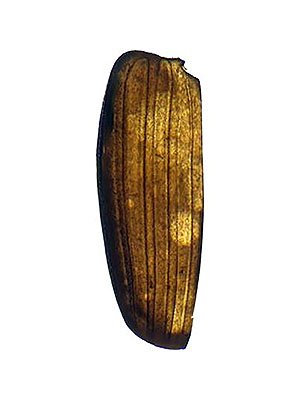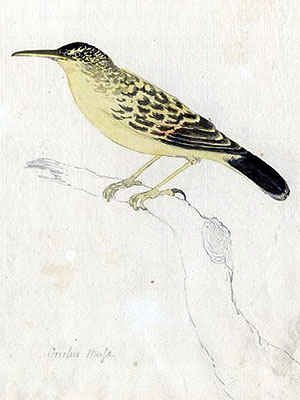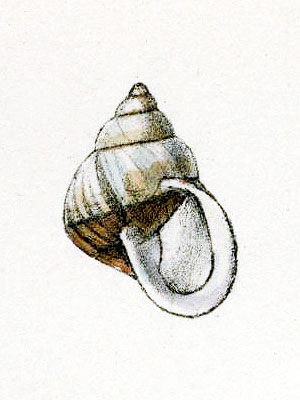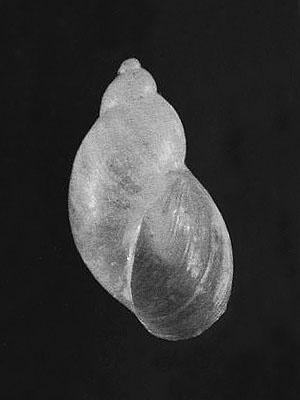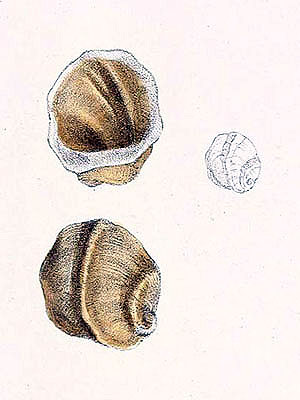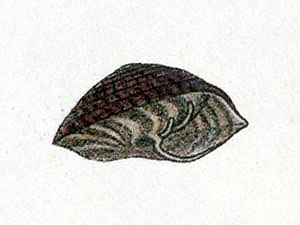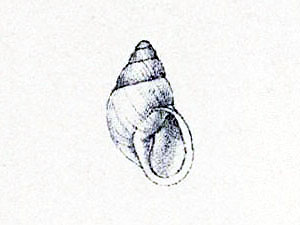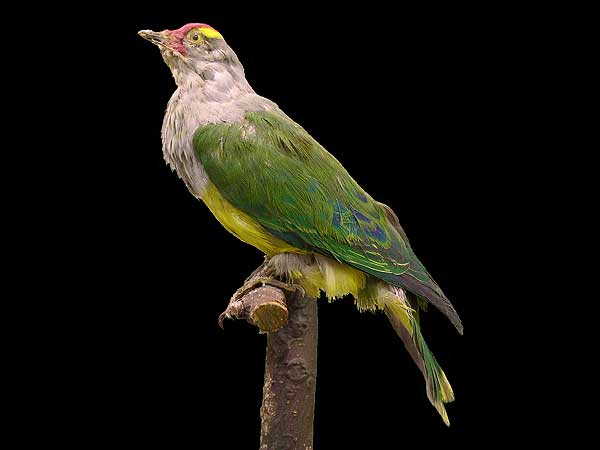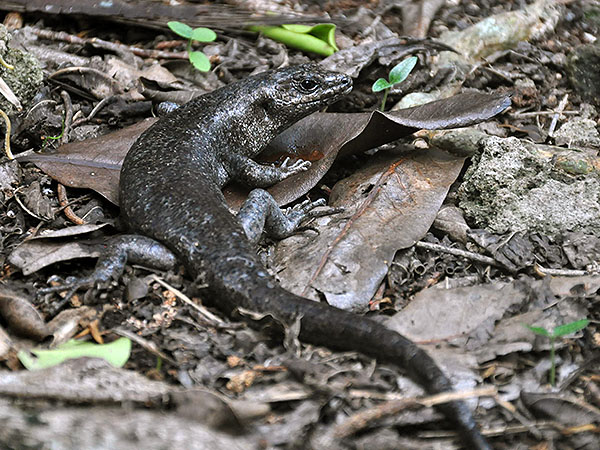Mangarevan Imperial Pigeon (Ducula tihonireasini)
This species was already known from subfossil remains for several years when it was described in 2018.
The Mangarevan Imperial Pigeon apparently was still alive when the first Europeans set foot on the Gambier Islands in the 1820s.:
“Of the feathered tribe, oceanic bird form the greater part; but even these are rare compared with the numbers that usually frequent the islands of the Pacific, arising, no doubt, from the Gambier Islands being inhabited. The whole consist of three kinds of tern, the white, black, and slate-coloured – of which the first are most numerous, and the last very scarce; together with a species of procellaria, the white heron, and the tropic and egg birds. Those frequent the shore are a kind of pharmatopus, curlew, charadrine, and totanus; and the woods, the wood-pigeon, and a species of turdus, somewhat resembling a thrush in plumage, but smaller, possessing a similar though less harmonious note.” [1]
It died out sometimes later.
*********************
References:
[1] Narrative of a voyage to the Pacific and Beering’s Strait, to co-operate with the polar expeditions : performed in His Majesty’s ship Blossom, under the command of Captain F. W. Beechey in the years 1825, 26, 27, 28. London: Henry Colburn and Richard Bentley 1831
[2] Stanislas Rigal; Patrick V. Kirch; Trevor H. Worthy: New prehistoric avifaunas from the Gambier Group, French Polynesia. Palaeontologia Electronica 21.3.4A 1-35. 2018
*********************
edited: 04.05.2021


